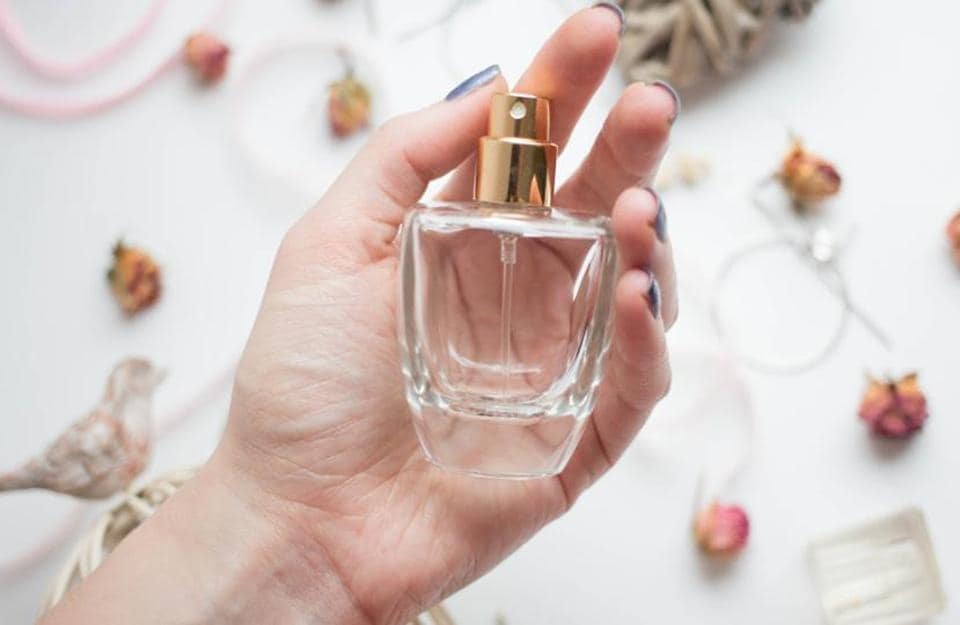
Perfume, a delicate fusion of art and science, has captivated humanity for centuries. From ancient civilizations to modern-day boutiques, the allure of fragrance transcends time and culture. In this exploration of the art of perfumery, we delve into its rich history, intricate techniques, and evolving trends, uncovering the secrets behind one of the world’s most alluring industries.
The Historical Tapestry of Perfumery
The story of perfumery unfolds like a fragrant tapestry, woven with threads of ancient rituals, royal patronage, and global trade. Ancient Egypt, Mesopotamia, and China were some of the places where it was first used. In those places, scented substances were valued for their spiritual, healing, and beauty benefits.
In ancient Egypt, fragrant oils and balms played a central role in religious ceremonies and burial rituals, symbolizing purification and the transition to the afterlife. The renowned Egyptian queen, Cleopatra, was said to have concocted her perfumes using exotic ingredients like myrrh, frankincense, and rose.
Across the Mediterranean, the Greeks and Romans adopted the art of perfumery, infusing their bathhouses, temples, and theatres with intoxicating scents. The Greek physician Hippocrates prescribed fragrant oils for healing, while the Roman poet Ovid immortalized perfumes in his epic poems.
During the Middle Ages, perfumery flourished in the Islamic world, particularly in the city of Grasse, France, which would later become known as the perfume capital of the world. Islamic scholars advanced the distillation techniques pioneered by ancient alchemists, extracting essential oils from flowers, herbs, and spices with precision and finesse.
The Techniques of Perfumery
Central to the art of perfumery are the techniques used to create harmonious blends of scent notes, known as accords. Perfumers, or “noses,” meticulously combine natural and synthetic ingredients, balancing top, middle, and base notes to evoke a desired olfactory experience.
Top notes, also known as head notes, are the initial impression of a perfume, characterized by light, volatile ingredients that evaporate quickly. Common top notes include citrus fruits, herbs, and aromatic spices, such as bergamot, lavender, and pepper.
The middle notes, also called heart notes, are what give a perfume its depth and complexity. Floral, fruity, and woody accords often dominate this layer, contributing to the perfume’s overall character and longevity. Examples of middle notes include rose, jasmine, and sandalwood.
Base notes, the foundation of a perfume, impart richness and stability to the scent, lingering on the skin for hours or even days. Resinous, balsamic, and musky ingredients like amber, vanilla, and musk create a lasting impression, enhancing the perfume’s depth and sensuality.
Perfumers employ various extraction methods to obtain these aromatic ingredients, from steam distillation and solvent extraction to enfleurage and maceration. Each technique yields unique nuances and subtleties, allowing perfumers to craft bespoke fragrances that resonate with individual preferences and personalities.
Trends In Perfumery: A Contemporary Perspective
In the modern era, perfumery continues to evolve, reflecting shifting tastes, technological advancements, and cultural influences. From classic florals and oriental spices to avant-garde blends and niche perfumes, the landscape of fragrance is as diverse as it is dynamic.
One notable trend in contemporary perfumery is the resurgence of natural and sustainable ingredients, driven by consumer demand for eco-friendly and ethically sourced products. Perfumers are increasingly turning to botanical extracts, organic oils, and biodegradable materials to create perfumes malta that are both luxurious and environmentally responsible.
Another trend shaping the industry is the rise of niche perfumery, characterized by small-batch production, artisanal craftsmanship, and unconventional scent profiles. Independent perfumers, often inspired by personal narratives and cultural heritage, are challenging conventional notions of fragrance, pushing the boundaries of creativity and expression.
In Malta, a Mediterranean island renowned for its rich history and vibrant culture, the art of perfumery finds expression in the form of unique blends inspired by the island’s natural beauty and heritage. From the sun-drenched citrus groves of Gozo to the fragrant gardens of Mdina, perfumers draw inspiration from Malta’s diverse landscape, infusing their creations with the essence of the Mediterranean.
Conclusion
In conclusion, the art of perfumery is a multifaceted journey through history, technique, and innovation. From its ancient roots to its modern forms, perfume continues to captivate our feelings and stir our emotions, drawing people from all over the world together. Whether it’s a classic floral bouquet or a modern avant-garde composition, perfume remains a timeless expression of beauty, elegance, and individuality.
